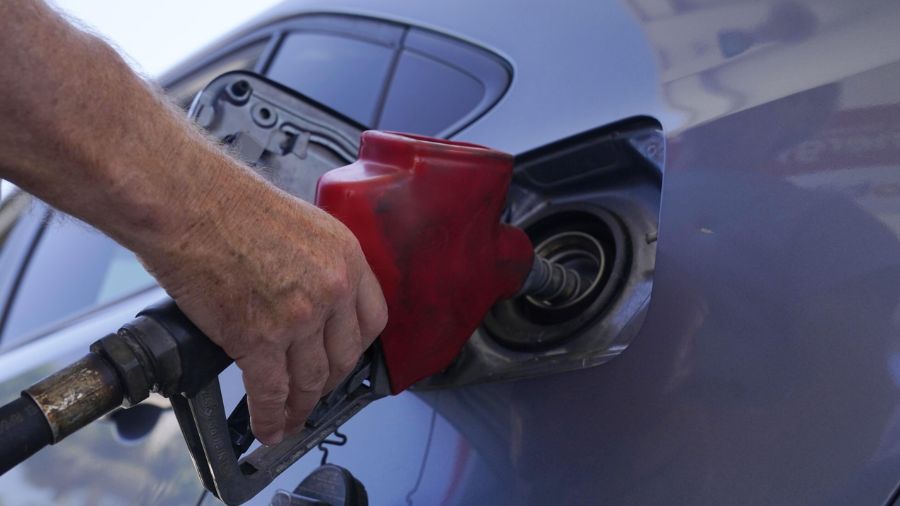‘Seattle Trash Map’ argues Ballard is ‘ground zero’ for trash problem
May 13, 2019, 1:19 PM | Updated: May 14, 2019, 9:24 am

Seattle's Navigation Teams cleans up a homeless encampment in Northgate in January 2019. (Carolyn Ossorio, KIRO Radio)
(Carolyn Ossorio, KIRO Radio)
Researcher and reporter Chris Rufo has become known as a local voice on Seattle’s hot button topics. On Monday, he unveiled a side project he has also been working on — trash.
More specifically, a Seattle trash map.
“Obviously, anyone who drives through a neighborhood in Seattle can see trash and needles across the street,” Rufo told The Candy, Mike, and Todd Show on KIRO Radio. “I wanted to really figure out how much trash is there in the city of Seattle with a little more statistical precision. So I did a public records request for all the citizen complaints for trash, needles, feces, tents, biohazards for 2018. And I got back 19,000 citizen complaints. I geo-coded them, and I mapped them in an interactive map.”
RELATED: Seattle journalist alleges misinformation campaign
“It’s shocking,” he said. “The map is just covered in all of these reported trash.”
Rufo notes that the map includes text of the complaints, and points to a few that stood out while he was putting the map together: “Illegal camping, needles, weapons, tons of homeless. Will not use park with my daughter. Been approached by homeless with her. Dangerous and fear assault might happen!”
“Each one has a bit of a citizen story,” Rufo said. “Sometimes it’s just saying ‘Hey, there’s an empty fridge on my street.’ Other ones are saying ‘There’s a tent encampment, they’re generating trash, and they chased after my neighbor with a hatchet.’ Some pretty dramatic stories that paint a picture of a city that really has a trash problem, that’s gone wrong.”
The map is interactive, but is not comparative. It only covers 2018 and does not provide context to gauge if trash is increasing, decreasing, or moving around the city, year by year. Rufo says the natural next step is to document the trash over time.
“The snapshot is really important because there’s this argument over homeless encampments, trash, and needles and it really shows that neighbors and people who are complaining are not just imagining it,” Rufo said. “Especially in places like Ballard, SoDo, the University District there is just a proliferation of trash. You can’t walk half a block without reported needles, or feces, or all sorts of other unpleasant deposits along our streets.”
“There’s a real case to be made that homeless camps are creating the majority of this trash,” he said. “Even the Seattle city government, in 2017, cleaned 8.6 million pounds of trash from just a fraction of the homeless encampments. So I think that the narrative which a lot of the more ideological people and activists really want to downplay, I think something like the trash map shows the link is real, the link is substantive, and it’s causing real disorder in our city.”
When it comes to the worst affected areas of Seattle, Rufo argues that Ballard gets it the worst.
“The map really shows that Ballard is ground zero for all of this nasty trash problem,” he said.
He further comments via his methodology statement, summing up how he developed the Seattle Trash Map, “Every data point is a small story that builds the argument that homeless encampments, opioid addiction, and hands-off law enforcement have created significant disorder in almost every corner of the city.”













